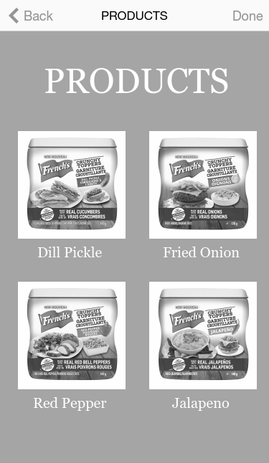Human computer interaction

PROBLEM
One of the primary concerns of international students is to find a suitable grocery store that is easily accessible and can provide access to all their grocery needs. International students often find it difficult to locate a grocery store that can satisfy their needs. Being a newcomer to the city, they are less aware of the available grocery shopping options and the local or international brands that can serve their needs.
Solution
Our application is directed to solve all the primary difficulties faced by most International students by providing appropriate recommendations and feedbacks by constantly monitoring their online shopping habits. During this project, I first started by conducting the user study. From interviewing some International students, I got to know about their problems and some possible solutions which they are looking for.
Based on those answers, I created wireframes to test the idea of creating an app. Then, I tested those wireframes with the same students I interviewed and told them to provide a review on my design. After this step, by considering their feedback and other research, I created a low-fidelity prototype with the help of Balsamiq. This low-fidelity prototype helped me understand their design and colour preferences and how to showcase some important features as well.
Once I gathered all the details, I started working on the high-fidelity prototype. I created the high-fidelity prototype using proto.io website. I personally found proto.io very easy to use and more comfortable to design the app. Once again I went to them and when they got to use this prototype, I can see the happiness and the satisfaction on their face while they were checking every feature.
Overall, it was a good experience and through this project, I got to learn about the HCI basics, how to create low and high fidelity prototypes and what things to be considered while designing the prototypes.
PROCESS
User Study
Interviewing International students to know about their problems and get possible feature ideas from the requirements.
Analysis
Based on the interview answers, identifying the list of features that could possibly help in solving the issue.
Low-fidelity Prototype
Based on the analysis, creating wireframes and testing them for feedback.
High-fidelity Prototype
By considering all the feedbacks, the HF prototype was designed.













